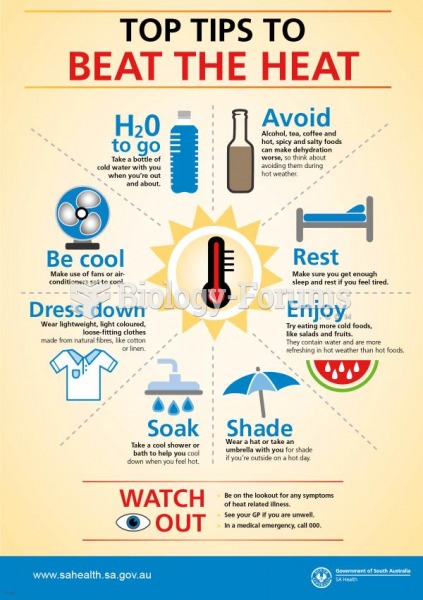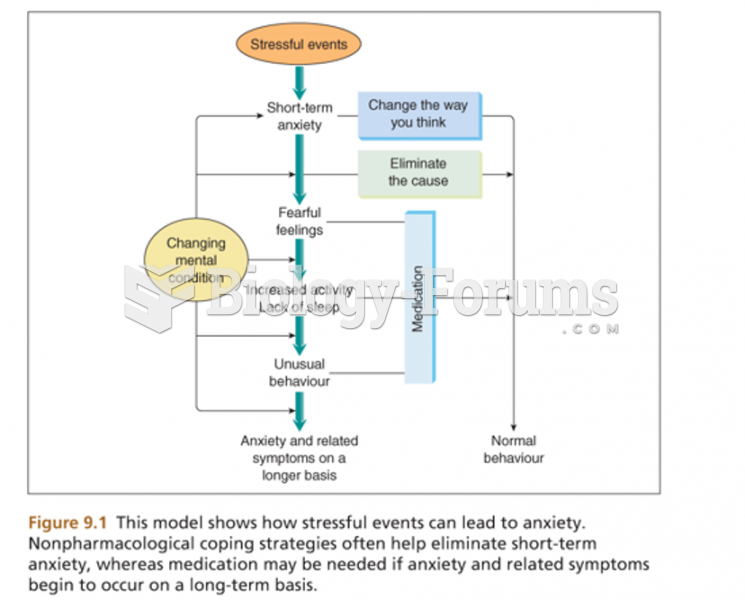Answer to Question 1
Answer: Even seasoned pros get a little nervous before a big presentationand that is a good thing. Nervousness is an indication that you care about your audience, your topic, and the occasion. These techniques will help you convert anxiety into positive energy:
Stop worrying about being perfect. Successful speakers focus on making an authentic connection with their listeners, rather than on trying to deliver a note-perfect presentation.
Know your subject. The more familiar you are with your material, the less panic you'll feel.
Practice, practice, practice. The more you rehearse, the more confident you will feel.
Visualize success. Visualize mental images of yourself in front of the audience, feeling confident, prepared, and able to handle any situation that might arise. Remember that your audience wants you to succeed, too.
Remember to breathe. Tension can lead people to breathe in a rapid and shallow fashion, which can create a lightheaded feeling. Breathe slowly and deeply to maintain a sense of calm and confidence.
Be ready with your opening line. Have your first sentence memorized so you don't have to improvise your opening.
Be comfortable. Dress appropriately but as comfortable as possible. Drink plenty of water ahead of time to hydrate your voice (bring a bottle of water with you, too).
Take a three-second break if you need to. If you sense that you're starting to race, pause and arrange your notes or perform some other small task while taking several deep breaths. Then start again at your normal pace.
Concentrate on your message and your audience, not on yourself. When you're busy thinking about your subject and observing your audience's response, you tend to forget your fears.
Maintain eye contact with friendly audience members. Eye contact not only makes you appear sincere, confident, and trustworthy but can give you positive feedback as well.
Keep going. Things usually get better as you move along, with each successful minute giving you more and more confidence.
Answer to Question 2
Answer: Many business presentations these days involve more than just the spoken conversation between the speaker and his or her audience. Using Twitter and other electronic media, audience members often carry on their own parallel communication during a presentation via the backchannel, which presentation expert Cliff Atkinson defines as a line of communication created by people in an audience to connect with others inside or outside the room, with or without the knowledge of the speaker. Chances are you've participated in a backchannel already, such as when texting with your classmates or live-blogging during a lecture. The backchannel presents both risks and rewards for business presenters. On the negative side, for example, listeners can research your claims the instant you make them and spread the word quickly if they think your information is shaky. The backchannel also gives contrary audience members more leverage, which can lead to presentations spinning out of control. On the plus side, listeners who are excited about your message can build support for it, expand on it, and spread it to a much larger audience in a matter of seconds. You can also get valuable feedback during and after presentations.







